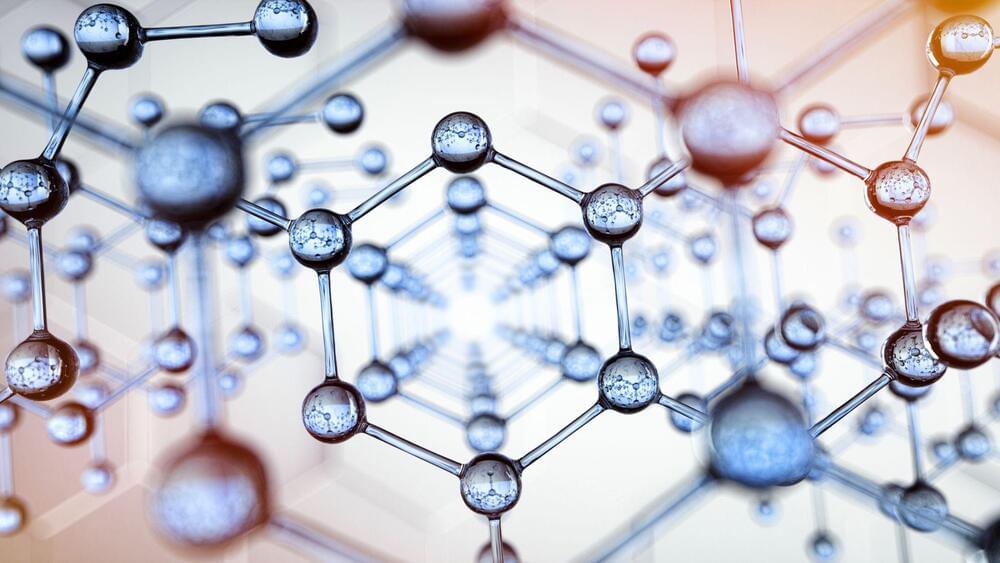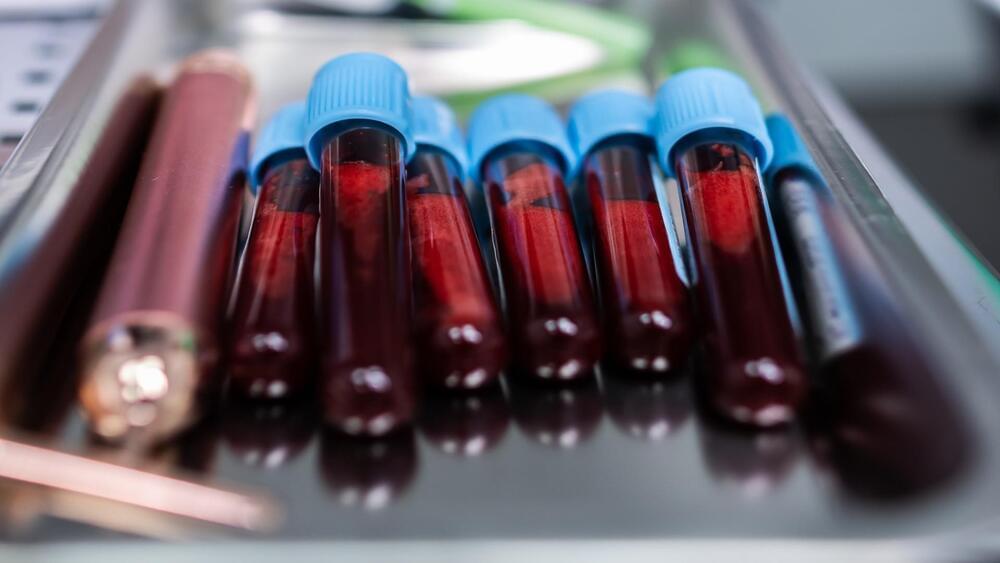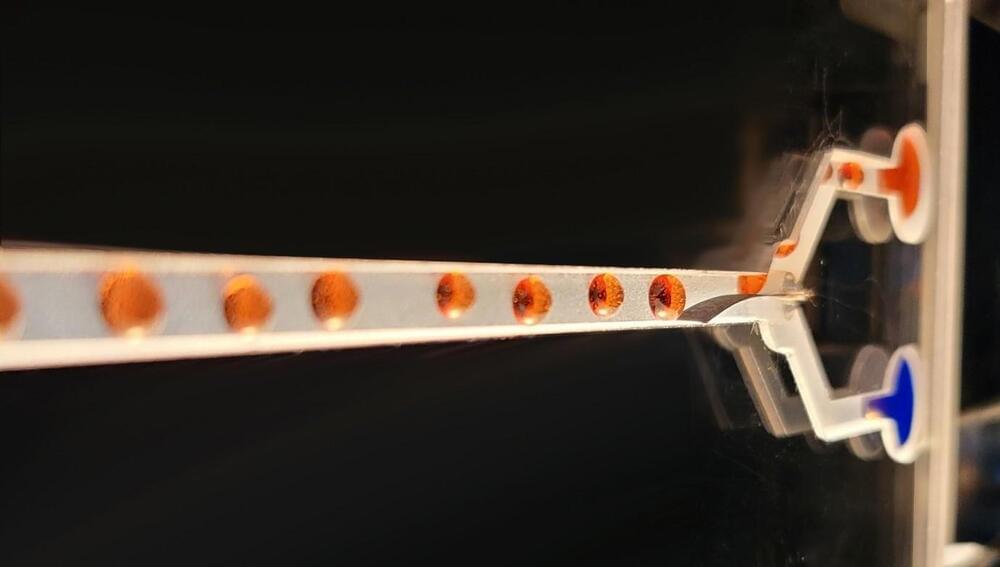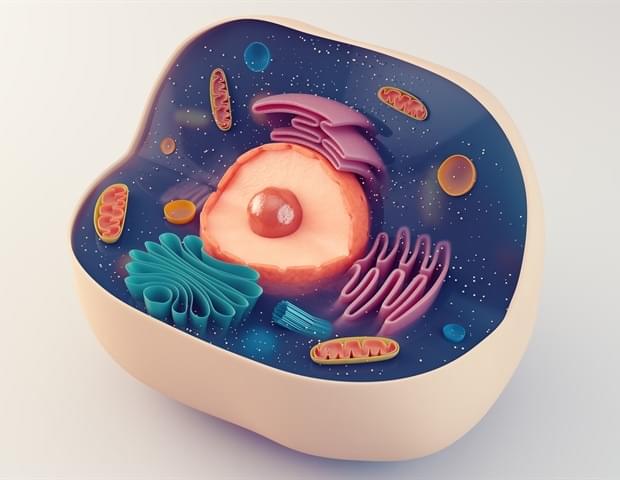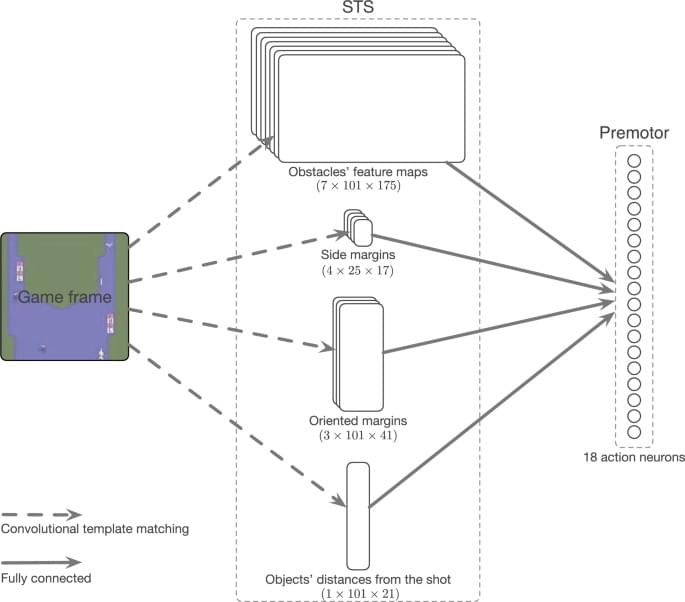FDA approved the device by DermaSensor last week.
In a recent pioneering development, the US Food and Drug Administration (FDA) granted marketing authorization to the DermaSensor, an artificial intelligence-powered hand-held device designed for the early detection of skin cancers such as melanoma, basal cell carcinoma, and squamous cell carcinoma.
Predominantly tailored for use by primary care physicians, DermaSensor uses elastic scattering spectroscopy to look at cellular and subcellular characteristics of suspicious skin lesions.
This breakthrough technology is aimed at empowering healthcare providers with an innovative tool for more accurate and timely diagnosis.

